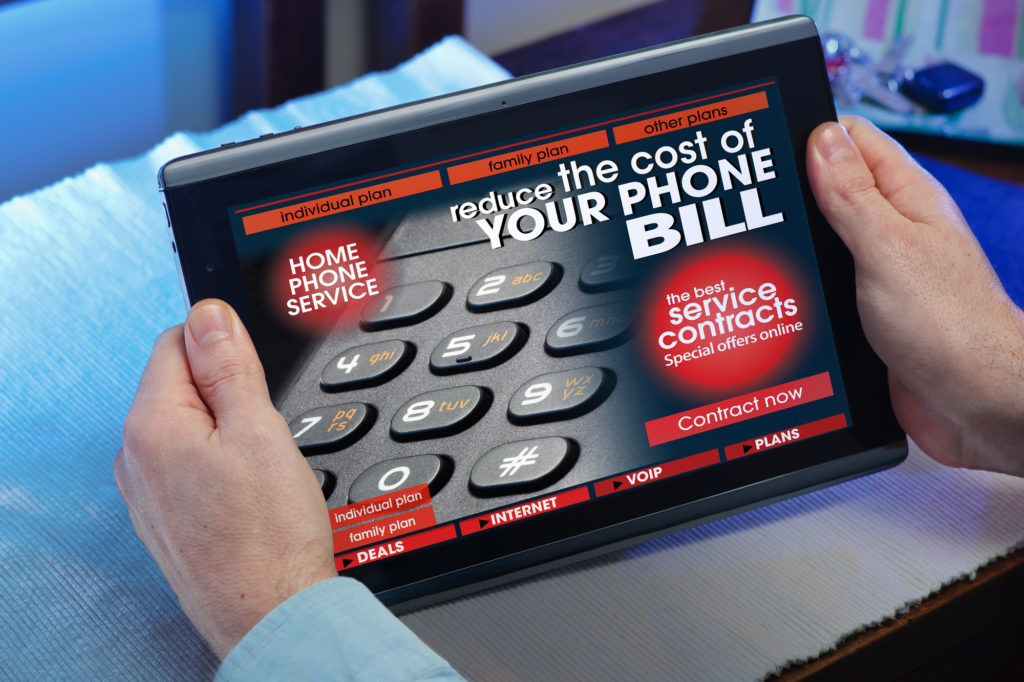At La Habra Business Phone Systems, we specialize in high-quality network cabling solutions designed to support the connectivity needs of modern businesses. Whether upgrading your infrastructure, expanding your network, or installing a new system, we provide expert consultation, professional installation, and high-performance cabling solutions, including Cat 5e, Cat 6, and Cat 6A. Our experienced technicians ensure compliance with industry standards, minimizing downtime while optimizing network efficiency. By choosing La Habra Business Phone Systems, businesses benefit from scalable, secure, and high-speed network connectivity that enhances productivity and future-proofs their operations. Contact us today to learn how we can elevate your business communication and data infrastructure.
(562) 352-0887
NETWORK CABLING LA HABRA BUSINESS PHONE SYSTEMS

Which One Do You Need?
For small offices with basic networking → Cat 5e is sufficient.
For businesses needing higher speeds and reduced interference → Cat 6 is a good balance of cost and performance.
For future-proofing, high-performance applications, and long-distance 10 Gbps networking → Cat 6A is the best option.
Why Choose La Habra Business Phone Systems for Network Cabling?
At La Habra Business Phone Systems, we specialize in professional network cabling installation to ensure seamless, high-speed, and secure connections for your business. Our services include:
Expert Consultation: We assess your business needs to recommend the best cabling solution.
Professional Installation: Our technicians ensure compliance with industry standards for reliability and performance.
Scalability & Future-Proofing: We design cabling infrastructure that supports your business growth.
Minimal Downtime: Our efficient installation process keeps disruptions to a minimum.
Choosing the right network cabling is essential for the efficiency of your business. Contact La Habra Business Phone Systems today to discuss the best option for your needs.
Network Cabling, Install, Repair, & Maintenance, Service La Habra
Cat 5e vs. Cat 6 vs. Cat 6A - which one do I need?
When selecting network cabling for your business, understanding the differences between Cat 5e, Cat 6, and Cat 6A is crucial to ensuring optimal performance, reliability, and scalability. Each category offers distinct advantages depending on your network requirements, budget, and future growth plans.
Cat 5e (Category 5e)
Cat 5e is an enhanced version of Cat 5 and is the minimum standard for modern Ethernet networks.
Speed & Bandwidth: Supports up to 1 Gbps (Gigabit Ethernet) with a bandwidth of 100 MHz.
Max Distance: Up to 100 meters (328 feet).
Performance: Reduced crosstalk compared to Cat 5 but still more susceptible to interference than higher categories.
Best For: Small businesses with basic networking needs such as internet access, VoIP phone systems, and light data transfers.
Cost: Most affordable option.
Cat 6 (Category 6)
Cat 6 provides significantly improved performance over Cat 5e and is a better choice for growing businesses.
Speed & Bandwidth: Supports up to 10 Gbps at distances up to 55 meters (180 feet), with a bandwidth of 250 MHz.
Max Distance: Up to 100 meters for 1 Gbps, or up to 55 meters for 10 Gbps.
Performance: Enhanced shielding and reduced crosstalk provide more stable data transmission.
Best For: Businesses that handle high-speed data transfers, cloud computing, and VoIP communications.
Cost: Slightly more expensive than Cat 5e but offers better speed and reduced interference.
Cat 6A (Augmented Category 6)
Cat 6A is an enhanced version of Cat 6, designed to handle high-performance networking needs.
Speed & Bandwidth: Supports 10 Gbps at the full 100-meter distance, with a bandwidth of 500 MHz.
Max Distance: Up to 100 meters while maintaining 10 Gbps speeds.
Performance: Heavier shielding virtually eliminates crosstalk and interference, ensuring the most reliable connection.
Best For: Enterprises, data centers, hospitals, and organizations requiring high-speed, high-performance networking.
Cost: More expensive than Cat 6, but future-proofs your network.